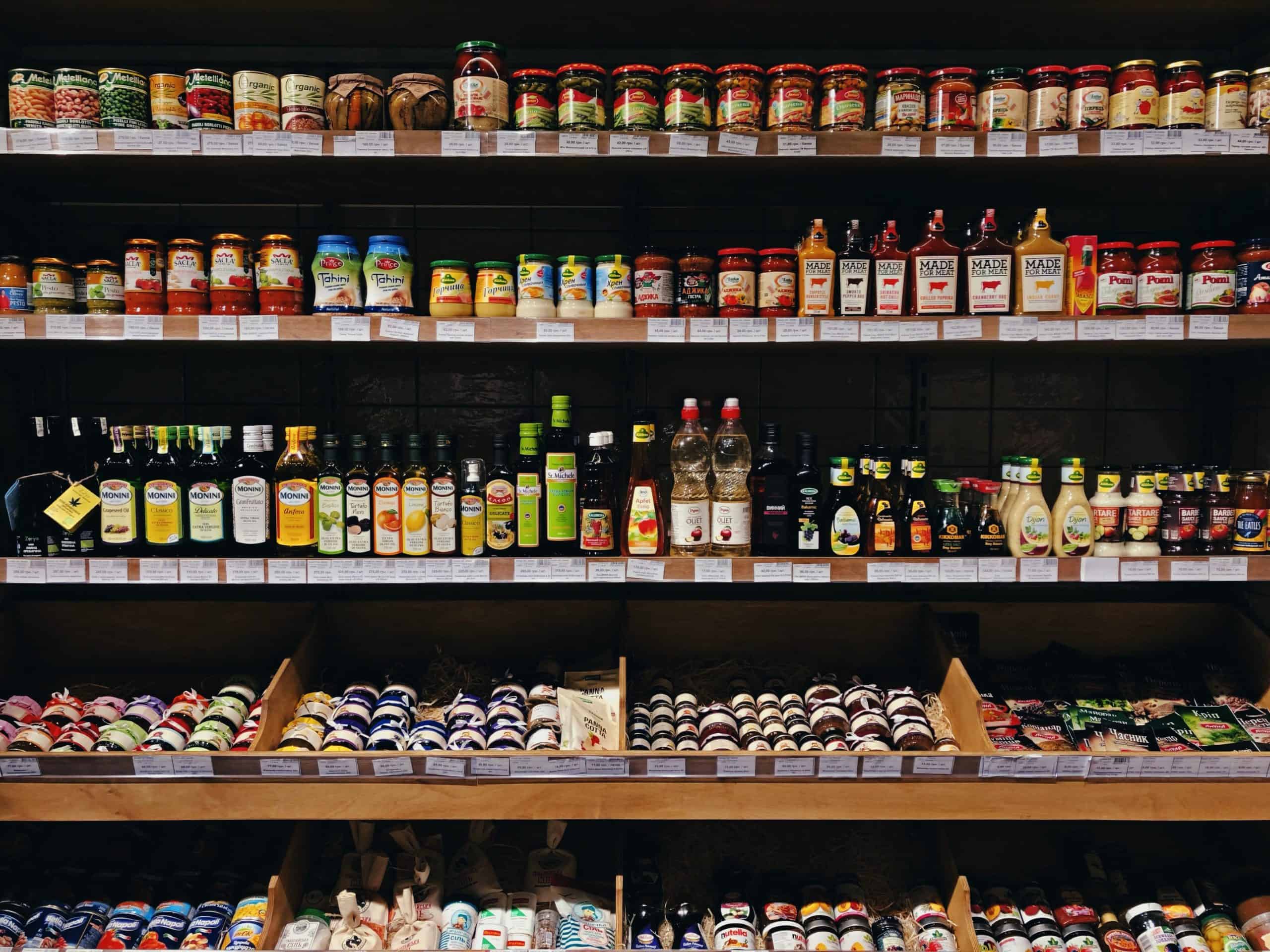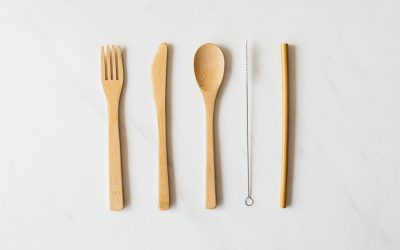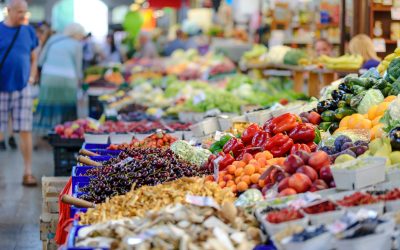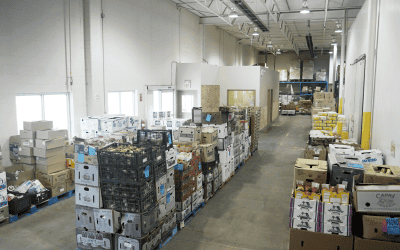The first thing that you need to know is that best before dates are about quality, not safety. It quite literally means that the food was best, or in its finest form, before said date. After that date means that it’s beginning its slow decline in quality.
In Canada, only five types of food have true expiry dates: baby formula, meal replacements or supplement bars, meal supplement drinks, formulated liquid diets and foods used in low-energy diets (the last two both require a prescription). These foods should not be eaten past their expiry date.
This blog post talks about everything else. All of the forgotten canned beans and soups in the back of your http://connectmedics.com/antabuse-over-the-counter/ cupboard or frozen and packaged pizzas stuck to the back of your freezer.
How long after the best before date can I eat…
When packaged correctly and stored or frozen at the correct temperature, the following best before date timelines are generally true:
- Canned goods: Last up to one year past the best before date
- Dairy (and eggs): Lasts up to two weeks past the best before date
- Poultry pieces: Last up to six months in the freezer
- Meats (incl. beef, lamb, pork and whole poultry): Last up to one year in the freezer
- Dry cereals: Last up to one year past the best before date
- Packaged snacks (incl. popcorn, granola bars and bagged snacks): Last up to one year past the best before date
- Prepared and frozen meals: Last up to one year past the best before date in the freezer
- Unopened, shelf-stable condiments: Last up to one year past the best before date
- Unopened drinks (incl. juice or coconut water): Last up to one year past the best before date
Your opened ketchup in the fridge is only safe to eat for up to about
six months after the best before date—not six years. Your yellow mustard, one year. Mayonnaise, three months. Only your hot sauce will last an extra three to five years when stored in the fridge (Sriracha only two years).3 Simple best before date checks for packaging and storage

1. What temperature was the food stored at?
Regardless of the best before date, perishable food items must be stored at the correct temperature. Two to four hours in a bad temperature zone (4-60 degrees celsius) is enough to spoil the food.
For example, if you accidentally left yogurt, milk or meat out of the fridge overnight, it sat in the “danger temperature zone” for too long and is not safe to eat.
2. How does the packaging look, feel and smell?
Check canned goods and food packaging for bulging, tears, rips, water damage or signs of insects. Look for mould, foul smells or discolouration. All of these may be signs that the food has gone bad and is not safe to eat, regardless of what the best before date says.
One exception to the rule, however, comes to mind with hard cheeses and mould. If there’s a little mould on one corner but the packaging wasn’t damaged and it long before the best before date, it’s probably safe to cut it off and eat the rest. This does not apply to soft cheeses, however.
Use your senses and instinct.
3. Was the food frozen properly and how is the packaging?

When meats, fruits and vegetables are safely stored and frozen at the proper temperature (at or below -18 degrees celsius), they can usually be consumed between six months to one year later regardless of the best before date and
depending on the food. (See the poultry and meats sections in the list above.)If the frozen items have freezer burn or icicles formed on them—or if the packaging is ripped—they may not be safe to eat.
Use your senses and instinct, along with this as a general guideline, to help you lessen your food waste impact and make the most of your groceries.
Why is understanding the best before date important?
Too much food goes to waste because of a lack of awareness and education. Consumers throw out or avoid purchasing good food because it was too close to the best before date. Grocers dump milk and dairy products (that we now know are good for another two weeks!) for this very same reason.
But if we all made the commitment to understanding best before dates, think of the https://heartgroupes.com/where-to-buy-tapentadol/ food that we could divert from landfills.
Second Harvest has free e-learning modules for you to try, including training on food date labels, like best before and expiry dates. Visit training.secondharvest.ca to create your free account and get started!





